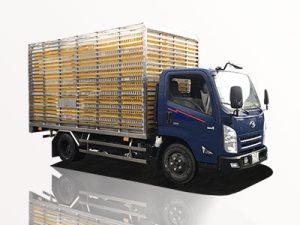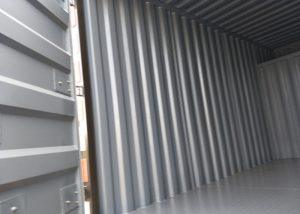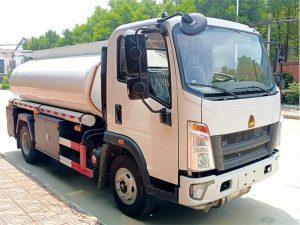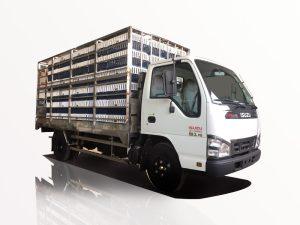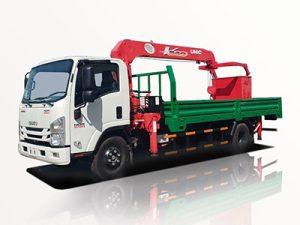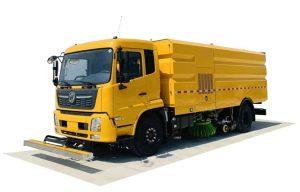Monday to Saturday - 8:00 -17:30
How to Draw a Rubbish Truck: A Step-by-Step Guide
Drawing a rubbish truck is a fun and engaging activity for artists of all skill levels. Whether you’re a beginner looking to explore the basics or an experienced artist seeking to refine your technique, you’ll find this comprehensive guide invaluable. In this article, we will cover everything you need to know about drawing a rubbish truck, from the materials you’ll need to tips for getting the details just right.
Understanding the Rubbish Truck
A rubbish truck, also known as a garbage truck or waste collection vehicle, is designed to collect and transport waste materials. These trucks come in various shapes and sizes, but they typically have a large body for holding waste, a cab for the driver, and a mechanism for lifting rubbish bins. Understanding these features is crucial for accurately depicting the truck in your drawings.
Components of a Rubbish Truck
- Cab: The front part where the driver sits.
- Chassis: The base of the truck that supports the cargo area.
- Waste Compartment: The bulk of the truck where waste is stored.
- Lifting Mechanism: A hydraulic system used to lift bins.
- Wheels: The trucks typically have four or more wheels for movement.
Materials Needed for Drawing
Before diving into the drawing process, gather the necessary materials. Here’s a list to help you get started:
| Material | Description |
|---|---|
| Pencil | For sketching initial outlines. |
| Eraser | For correcting mistakes. |
| Paper | Choose sketching paper or drawing pads. |
| Colored Pencils or Markers | For adding color to your drawing. |
| Ruler | For straight lines and measurements. |
Step-by-Step Drawing Instructions
Step 1: Sketch the Outline
Begin by lightly sketching the basic shapes that make up the rubbish truck. Use simple geometric shapes: circles for the wheels, rectangles for the cab and waste compartment, and lines for the edges. This foundational sketch will serve as your guide.
Step 2: Refine the Shapes
Once you are satisfied with your basic shapes, start refining them. Add curves to the cab, define the shape of the waste compartment, and make the wheels more realistic. Pay attention to the proportions to ensure your truck looks balanced.
Step 3: Add Details
Now it’s time to add details. Focus on elements like the windows, door handles, and the lifting mechanism. This is the stage to add any logos or designs on the truck if desired. Be patient and take your time for the best results.
Step 4: Inking Your Drawing
Once your pencil sketch is complete, go over your drawing with an ink pen. This step will make your lines bold and clean. Wait for the ink to dry before erasing the pencil lines to avoid smudging.
Step 5: Adding Color
Use colored pencils or markers to bring your rubbish truck to life. Common colors include green, yellow, and blue, but feel free to experiment with other colors. Focus on shading to give your truck depth and dimension.
Step 6: Final Touches
After coloring, take a moment to review your drawing. Add any final touches, such as highlights or additional details like smoke coming from the exhaust. This is the finishing step where you can add your personal flair.
Practical Examples and Inspiration
Here are a few examples to inspire your drawings:
- Classic Rubbish Truck: Traditional green and yellow with a simple design.
- Modern Electric Rubbish Truck: Sleek, with modern lines and eco-friendly logos.
- Cartoon Rubbish Truck: Add exaggerated features like oversized wheels and vibrant colors.
- Rubbish Truck in Action: Consider sketching the truck lifting a bin or driving through a neighborhood.
Tips for Improving Your Drawing Skills
Enhance your drawing skills further with the following tips:
Practice Regularly
The more you draw, the better you’ll become. Set aside time each week to practice your drawing skills, even if it’s just for a few minutes.
Study Real Trucks
Look at pictures or visit your local area to see rubbish trucks in person. Observe their shapes, details, and how they look in various settings.
Experiment with Styles
Try drawing rubbish trucks in different styles, such as realistic, cartoon, or abstract. This can help you find your unique artistic voice.
Seek Feedback
Share your drawings with friends, family, or online art communities. Constructive criticism can help you identify areas for improvement.
Common Mistakes to Avoid
- Neglecting Proportions: Ensure all parts of the truck are in proportion to avoid a distorted appearance.
- Overcomplicating Details: Start with basic shapes before adding intricate details; this makes the process easier.
- Forgetting about Shadows: Adding shadows can create depth, making your drawing look more realistic.
Frequently Asked Questions (FAQ)
1. What is the best way to start drawing a rubbish truck?
Begin with basic shapes and outlines. Sketch lightly so you can make adjustments easily.
2. Do I need special materials to draw a rubbish truck?
No special materials are required. Basic pencils, paper, and coloring tools are sufficient.
3. How can I make my rubbish truck drawing look more realistic?
Focus on proportions, use shading to create depth, and add realistic details like logos and textures.
4. Can I draw a rubbish truck in a cartoon style?
Absolutely! Feel free to exaggerate shapes and use vibrant colors for a fun cartoon look.
5. Should I draw a rubbish truck from a photograph or from my imagination?
You can do both! Drawing from a photograph can help with proportions, while using your imagination allows for more creativity.
6. How long does it take to draw a rubbish truck?
It varies based on experience and the level of detail, but a simple drawing can take 30 minutes to an hour.


